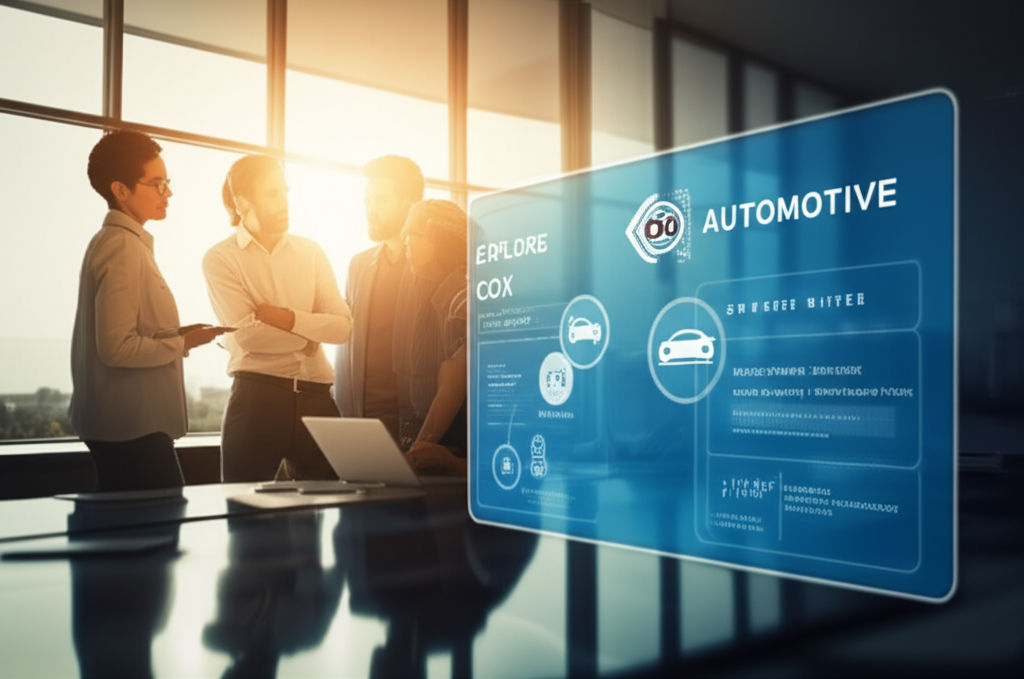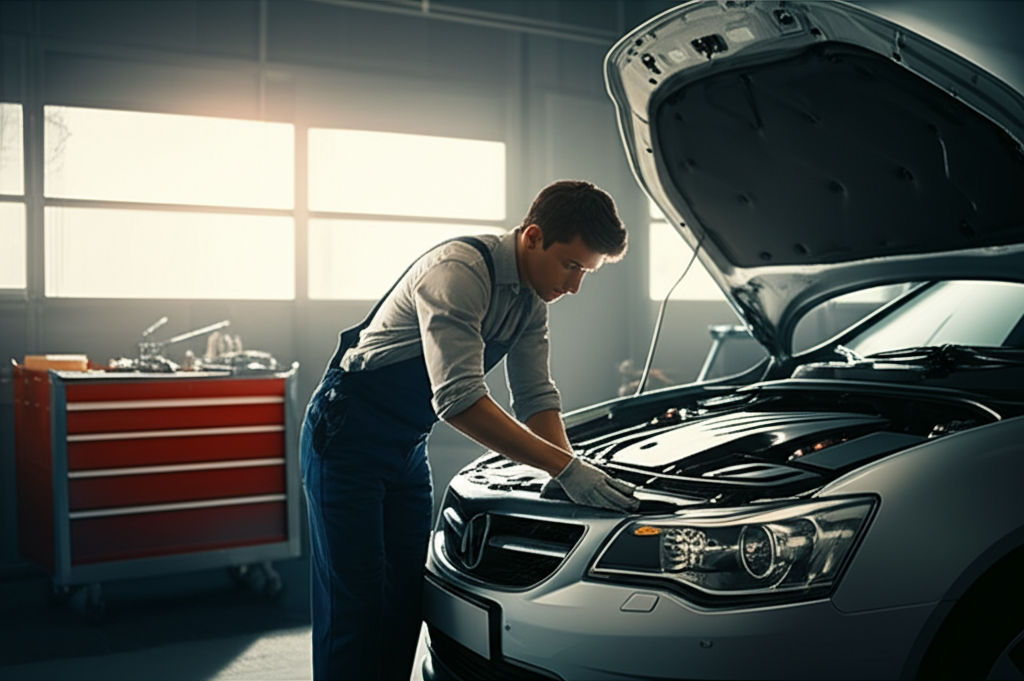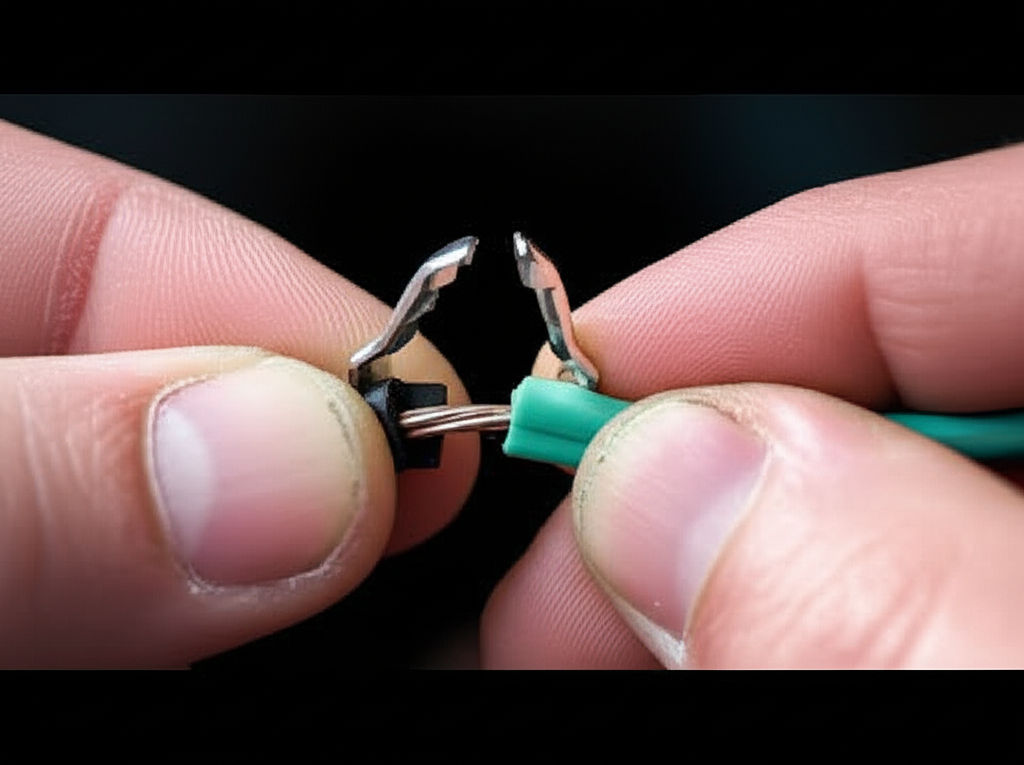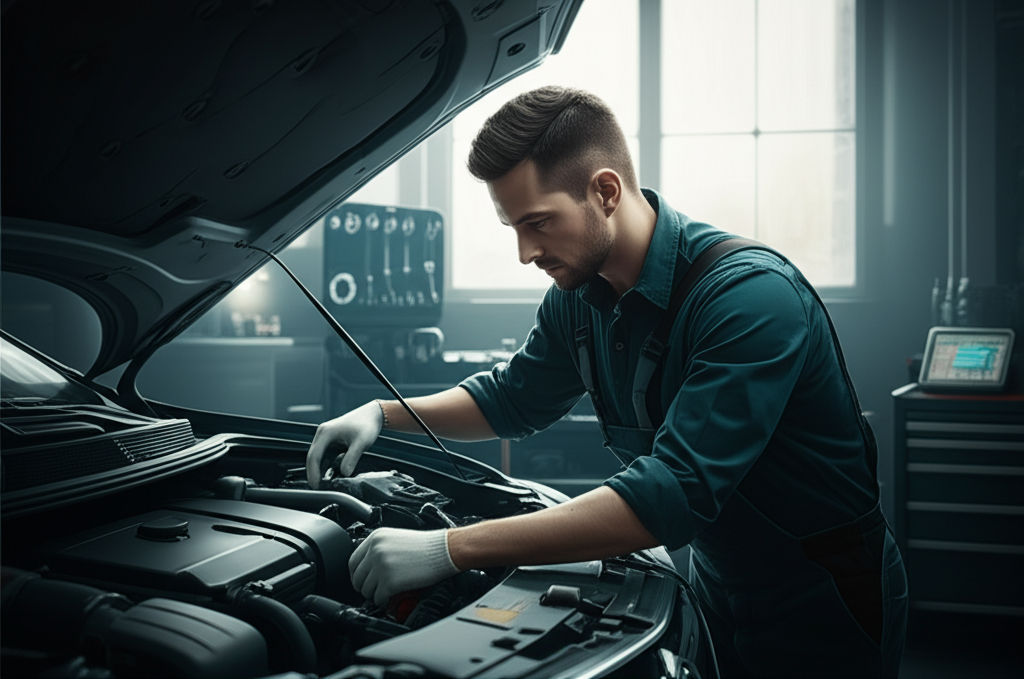Step One Automotive Services To Know About
Ellie Moore

Photo: Your essential guide to vehicle care. Learn proactive automotive services for safety, extended car life, fuel efficiency & long-term savings.
Step One Automotive Services To Know About: Your Essential Guide to Vehicle Care
Owning a vehicle offers unparalleled freedom and convenience, but it also comes with a significant responsibility: proper maintenance. Understanding the essential automotive services isn't just about fixing things when they break; it's about proactive care that ensures your safety, extends your vehicle's lifespan, and saves you money in the long run. Just as you wouldn't neglect your own health, your car deserves regular attention to keep it running smoothly and reliably.
This comprehensive guide will demystify the world of automotive services, outlining the critical maintenance tasks every car owner should be aware of. We'll cover everything from routine checks to more complex diagnostic services, empowering you to make informed decisions about your vehicle's health.
Why Understanding Automotive Services is Crucial
Many drivers view car maintenance as a chore or an unexpected expense. However, a proactive approach to vehicle care offers numerous benefits:
Enhanced Safety on the Road
Your vehicle's critical components, such as brakes, tires, and steering systems, must function correctly to ensure your safety and that of others. Regular maintenance helps identify and address potential issues before they escalate into dangerous mechanical failures. For instance, worn brake pads or under-inflated tires can significantly compromise vehicle control and safety.
Extended Vehicle Lifespan and Reliability
Consistent maintenance prevents wear and tear, allowing your car to operate effectively for a longer period. Simple tasks like regular oil changes and engine tune-ups keep your car running smoothly, reducing friction and protecting components from wear. By addressing minor issues early, you can avoid major, costly repairs and keep your vehicle running smoothly for years to come.
Improved Fuel Efficiency
A well-maintained engine operates more efficiently, consuming less fuel and saving you money at the pump. Tasks such as keeping tires properly inflated and replacing dirty air filters can significantly enhance your vehicle's fuel economy.
Preserving Resale Value
A vehicle with a documented maintenance history is more attractive to potential buyers. Regular upkeep demonstrates that the car has been cared for, which can lead to a higher resale value.
Financial Savings in the Long Run
While maintenance costs might seem like an upfront investment, they are often far lower than the expense of unexpected, major repairs that arise from neglected issues. Preventative maintenance helps detect minor problems early, preventing them from turning into costly, time-consuming breakdowns.
The Foundation: Essential Routine Maintenance Services
These are the fundamental automotive services that form the backbone of good vehicle care. Adhering to your manufacturer's recommended schedule for these services is paramount.
Oil Changes and Filter Replacements
Why it's essential: Motor oil is the lifeblood of your engine, lubricating moving parts, reducing friction, and preventing overheating. Over time, oil breaks down and collects contaminants, reducing its effectiveness. What it involves: Draining old oil and replacing it with new, clean oil and a fresh oil filter. Frequency: Typically every 3,000–7,500 miles, or every 3-6 months, though modern vehicles with synthetic oil might go up to 10,000 miles or more, often guided by an oil-life monitoring system. Always refer to your owner's manual for the precise recommendation.
Tire Services: Rotation, Balancing, and Pressure Checks
Why it's essential: Tires are your car's only contact with the road, crucial for traction, braking, and handling. Proper tire maintenance ensures even wear, improves fuel efficiency, and enhances vehicle handling. What it involves:
- Tire Pressure Check: Ensuring tires are inflated to the manufacturer's recommended levels. This improves braking distance and road holding.
- Tire Rotation: Moving tires to different positions on the vehicle to promote even wear across all four tires.
- Wheel Balancing: Correcting uneven weight distribution in the tire and wheel assembly to prevent vibrations and premature tire wear.
- Tread Depth Inspection: Checking for adequate tread to ensure grip and safety, especially in wet conditions. Frequency: Tire rotations are generally recommended every 5,000 to 8,000 miles. Tire pressure should be checked monthly.
Brake System Inspections and Maintenance
Why it's essential: Brakes are your vehicle's most important safety feature, allowing you to slow down and stop safely. What it involves:
- Brake Pad Replacement: Pads wear down over time due to friction. Signs of wear include squealing or grinding noises.
- Rotor Inspection/Resurfacing/Replacement: Rotors (discs) can warp or thin.
- Brake Fluid Check/Change: Brake fluid transmits pressure from the pedal to the brakes and should be checked and replaced periodically.
- Brake Line and Caliper Inspection: Ensuring all components of the braking system are in good working order. Frequency: Inspect brakes at least once a year or immediately if you notice unusual noises or reduced performance. Brake pads typically last between 30,000 and 70,000 miles, depending on driving habits. Brake fluid should be changed roughly every two years or 25,000 miles.
Battery Testing and Replacement
Why it's essential: Your car's battery powers the electrical systems and ensures the vehicle starts reliably. A weak or failing battery can leave you stranded. What it involves: Testing battery voltage and cranking amps, cleaning corrosion from terminals, and replacing the battery when it no longer holds a sufficient charge. Frequency: Test your battery at least once a year, especially before extreme temperatures. Batteries typically need replacement every three to five years.
Fluid Checks and Top-Offs (Beyond Oil and Brake Fluid)
Why it's essential: Various fluids are crucial for different systems to function correctly, from cooling the engine to enabling smooth steering and transmission shifts. What it involves: Checking and topping up levels for:
- Coolant (Antifreeze): Prevents the engine from overheating or freezing. Should be checked and exchanged every 2-5 years.
- Transmission Fluid: Lubricates and cools the transmission. Intervals vary widely, from every 20,000 to 100,000 miles.
- Power Steering Fluid: Essential for smooth steering. Typically changed every three years or 40,000 miles.
- Windshield Wiper Fluid: Simple but vital for visibility. Frequency: Many fluids should be checked monthly or quarterly. Refer to your owner's manual for specific replacement intervals.
Filter Replacements (Air, Cabin, Fuel)
Why it's essential: Filters keep contaminants out of crucial systems.
- Engine Air Filter: Prevents dirt and debris from entering the engine, ensuring optimal performance and fuel efficiency.
- Cabin Air Filter: Filters air entering the vehicle's interior, improving air quality for occupants.
- Fuel Filter: Protects the fuel system from impurities. Frequency: Engine air filters typically need replacing every 15,000 to 30,000 miles. Cabin air filters every 15,000 to 25,000 miles. Fuel filters every 30,000 miles.
Beyond the Basics: Diagnostic & Preventative Services
While routine maintenance keeps things running, these services address more specific needs or potential underlying issues.
Engine Light Diagnostics
Why it's essential: The "Check Engine" light indicates a problem detected by your car's onboard diagnostic system. Ignoring it can lead to more severe and costly damage. What it involves: Using specialized diagnostic scanners to retrieve trouble codes from the vehicle's computer, pinpointing the exact issue. When it's needed: Immediately when the check engine light illuminates.
Wheel Alignment
Why it's essential: Proper wheel alignment ensures your tires meet the road at the correct angle, preventing uneven tire wear, improving handling, and enhancing fuel efficiency. What it involves: Adjusting the angles of the wheels to the manufacturer's specifications. When it's needed: If you notice your car pulling to one side, uneven tire wear, or a crooked steering wheel. Recommended annually or every 5,000 to 10,000 miles.
Suspension & Steering Inspection
Why it's essential: These systems are critical for a comfortable ride, stable handling, and overall vehicle control and safety. What it involves: Inspecting components like shocks, struts, ball joints, and tie rods for wear, damage, or looseness. When it's needed: If you experience excessive bouncing, poor handling, unusual noises over bumps, or difficulty steering.
Transmission Service
Why it's essential: The transmission transfers power from the engine to the wheels, enabling your car to move smoothly. [19
Finance & Investment
View All
March 21, 2025
Kia Finance Phone Number and Quick SupportUnlock top rankings with expert SEO content. Learn how E-E-A-T (Experience, Expertise, Authoritativeness, Trustworthiness) creates valuable, people-first conten...
Ellie Moore

June 1, 2025
AI Finance Trends Shaping 2025Stand out online! Discover how expert SEO content, focused on E-E-A-T & value, drives higher rankings, organic traffic, and builds brand authority.
Ellie Moore

January 9, 2025
Best Ford Finance Offers 2025Elevate your rankings with expert SEO content. Learn how E-E-A-T drives authority, trust, and traffic by delivering genuine value, not just keywords.
Ellie Moore

October 26, 2025
Vanderbilt Mortgage Finance ReviewCreate expert SEO content that ranks! Learn E-E-A-T to build trust, authority, and drive traffic with valuable, Google-loved content.
Ellie Moore

October 6, 2025
Baby Boy Names Meaning WealthGo beyond keywords! Create expert SEO content that ranks high, satisfies E-E-A-T, and genuinely helps your audience. Get actionable strategies.
Ellie Moore

April 18, 2025
Power Finance Loans You Can TrustGo beyond "good enough." Master expert SEO content to rank higher, build authority, and deeply engage your audience with E-E-A-T principles.
Ellie Moore
Insurance
View AllPolicyholders & risk managers: Navigate life insurance with confidence. Find essential coverage to safeguard your financial legacy and ensure peace of mind.
Ellie Moore
Understand the differences between HMO, PPO, and EPO health insurance networks. Pick the plan that suits your needs best!
Ellie Moore
Understand the legal side of insurance with this guide to policy exclusions. Learn what’s not covered and why it matters.
Ellie Moore
Safeguard your assets with our guide to Complete Safeco Insurance Coverage. Understand options, compare quotes, and get peace of mind.
Ellie Moore
Protect your property from natural disasters. Find out what’s included in insurance policies for floods, earthquakes, and more!
Ellie Moore
Follow this simple step-by-step guide to filing an insurance claim successfully. Avoid mistakes and get the coverage you need.
Ellie Moore
Education
View AllLearn effective classroom strategies to manage ADHD. Discover how teachers can support students with ADHD for better learning outcomes.
Read MoreEthics in education is vital for balanced learning. Learn how to teach morality alongside knowledge transfer in today’s classrooms.
Read MoreArts education is key to fostering creativity. Learn why it’s important in schools and how it helps students develop essential life skills.
Read MoreLearn how UNESCO promotes education for all globally. Explore key initiatives and efforts aimed at fostering equal learning opportunities for everyone.
Read MoreDiscover how portfolio-based assessments offer a better way to measure student progress. See how they foster creativity and critical thinking.
Read MoreLearn how gamification is transforming modern classrooms. Explore fun, interactive strategies that boost engagement and learning outcomes.
Read MorePopular Post 🔥
View All
1
2
3
4
5
6
7
8
9
10
Health






Automotive
View All
January 31, 2025
Top Tips for Restoring Classic Cars Like a Pro
Want to restore a classic car? Get expert tips and tricks for a flawless restoration. Discover how to bring vintage beauties back to life!

July 16, 2025
Explore Exciting Cox Automotive Jobs Opportunities
Drive your career forward with Cox Automotive! Explore diverse job opportunities shaping the future of mobility through innovation and technology.

August 8, 2025
How To Connect Wires In An Automotive Plug Easily
DIY automotive wiring guide: Learn to connect car wires safely & reliably. Fix electrical issues and install accessories with confidence.

August 12, 2025
Thomas Automotive Repairs With A Personal Touch
Thomas Automotive: Expert auto repair with a personal touch. We build trust through clear communication & genuine care, not just fix cars.

August 19, 2025
How To Use Automotive Wire Connectors Safely
Master automotive wire connectors for safe, reliable, and high-performance vehicle electrical systems. Avoid hazards & ensure peace of mind!

August 16, 2025
Where To Find Automotive Mechanic Jobs Today
Unlock a rewarding auto mechanic career! Discover high-demand jobs in a rapidly evolving, high-tech automotive industry. Your guide to success.

















